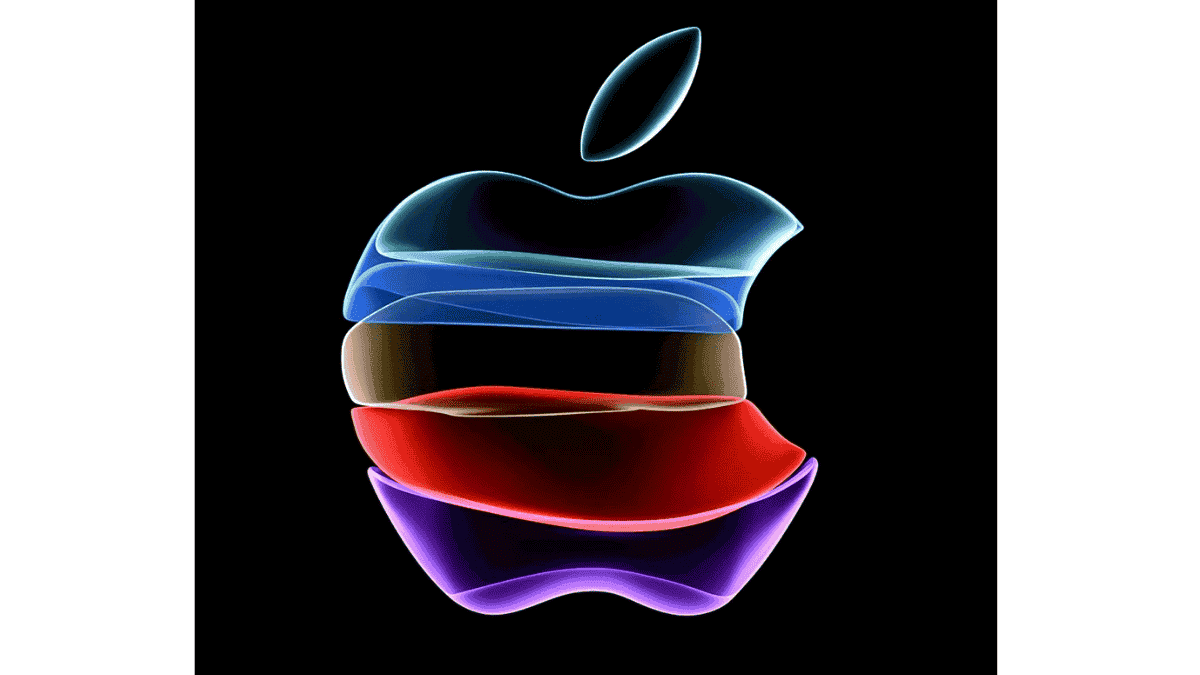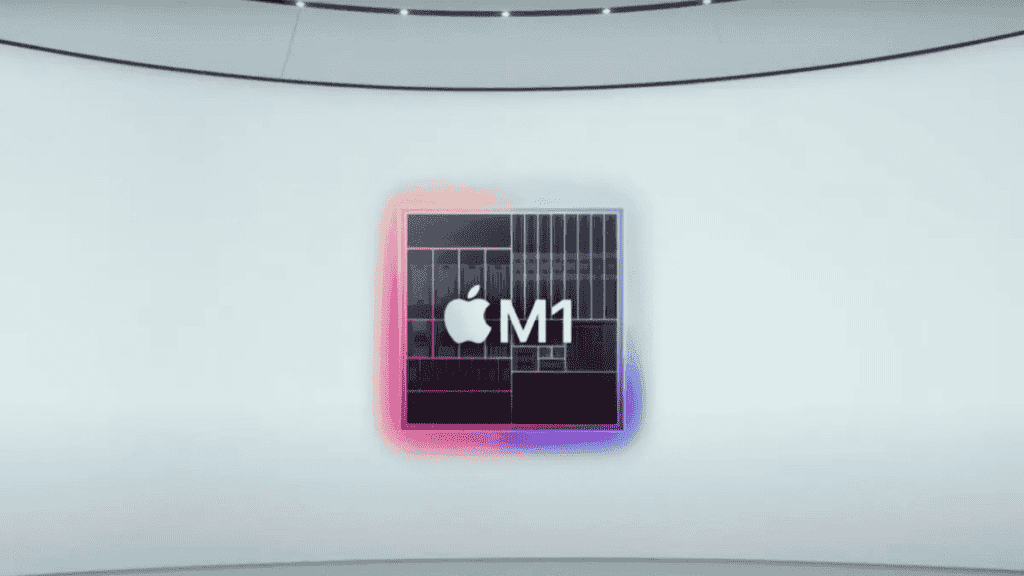Series Of New Mac Processors By Apple, Aims To Outperform Some Of The Top-rated PCs


As early as 2021, Apple Inc. is preparing to launch a range of new Mac processors to outperform the fastest Intel Corp.
Chip engineers at the electronics giant based in Cupertino, California, are working on several successors to the M1 custom chip, the first Mac central processor from Apple that debuted in November. If they live up to standards, according to individuals familiar with the matter who asked not to be identified as the plans are not yet official, they would dramatically outpace the efficiency of the new machines running Intel chips. After the news, Intel’s shares slid 2.9 percent in New York on Monday. At 9:46 a.m., Apple shares were up 1.3 percent.
In a new entry-level MacBook Pro laptop, a redesigned Mac mini desktop, and throughout the MacBook Air range, Apple’s M1 chip has been introduced. The company’s next set of processors, expected to be launched early in the spring and later in the fall, was anticipated to be put around updated MacBook Pro models, both entry-level and high-end iMac desktops, and later, the individuals said a new Mac Pro workstation.
The road map reveals Apple’s faith that it can distinguish its products based on its manufacturing and that it is taking drastic steps to design Intel components from its equipment. It is also planned that the next two lines of Apple chips will be more ambitious than other market watchers expect for next year. The firm said it plans to complete the transition away from Intel and its silicon in 2022.
Although Intel earns less than 10% of its sales from providing Apple with Mac processors, if the iPhone manufacturer can produce demonstrably better-performing computers, the rest of its PC sector is likely to face volatility. In an industry that has long been focused on Intel’s innovation rate, it might speed up a shakeup. The step sheds the reliance on Apple, deepens its differentiation from the rest of the PC industry, and gives it the ability to add to its tiny, but the PC share.
A spokeswoman for Apple refused to comment. The manufacture and manufacturing of chips are dynamic, with improvements being widespread in the period of creation. Apple could also opt to hold back these chips in favor of smaller models for next year’s Macs, the individuals said. Still, the preparations nevertheless demonstrate the massive expectations of Apple.
Like that on the iPhone, iPad, and Apple Watch, Apple’s Mac chips use hardware approved by Arm Ltd., the chip design corporation whose ambitions underpin much of the smartphone industry and which Nvidia Corp. is in the process of purchasing. Apple designs the chips and outsources their manufacture to Taiwan Semiconductor Manufacturing Co., which has taken Intel’s lead in the production of chips.
The new M1 chip inherits a mobile-centric architecture designed around four high-performance computing cores to speed tasks like video editing and four power-saving seats that can do less demanding jobs like web surfing. Apple focuses on prototypes of as many as 16 power cores and four performance cores for its next-generation chip targeted at MacBook Pro and iMac versions, the individuals said.
Apple could opt to first release variants with only eight or 12 of the high-performance cores allowed based on demand, they said, while that part is in development. Due to issues during production, chip makers are frequently required to sell specific versions with lower requirements than they initially intended.
Apple is testing a chip architecture of as many as 32 high-performance cores for higher-end desktop computers, scheduled for later in 2021, and a smaller half-sized Mac Pro planned to be released by 2022.
Apple’s highest-end notebooks offer a maximum of eight cores for today’s Intel systems. A high-end iMac Pro is available for as much as 18, and the most expensive Mac Pro desktop offers as many as a 28-core device. Although architecturally different, Apple and Intel’s processors rely on the segmentation of workloads into smaller, serialized functions performed at once by multiple processing cores.
Advanced Micro Devices Inc., which at Intel’s expense has gained market share, sells mainstream pc components of up to 16 cores, with some of the high-end console PC chips reaching as high as 64 cores.
If the M1 silicon has been well received, Apple’s lower-end devices with less ram and fewer ports are the Macs that use it. Higher-end, Intel-based models of some of the lines that received M1 upgrades are now offered by the company. The M1 chip is a modification of a new iPad processor in next year’s new iPad Pro.
Apple engineers are now building more ambitious graphics processors. With a custom Apple graphics engine that comes in either 7- or 8-core variants, today’s M1 processors are sold. Apple is researching 16-core and 32-core graphics components for its upcoming high-end notebooks and mid-range desktops.
Apple is planning on pricier graphics updates of 64 and 128 dedicated cores targeted at the highest-end computers for later in 2021 or perhaps 2022, the individuals said. Those graphics processors in its Intel-powered hardware will be many times faster than the latest graphics modules Apple uses from Nvidia and AMD.


